Overview
Size
Both as a community area and as an individual neighborhood, Portage Park is quite a large. Using both Social Explorer and Google Earth, we are able to find that the Portage Park neighborhood is about 1,430 acres (or about 2.23 square miles) in area and has around 35,000 to 40,000 people.
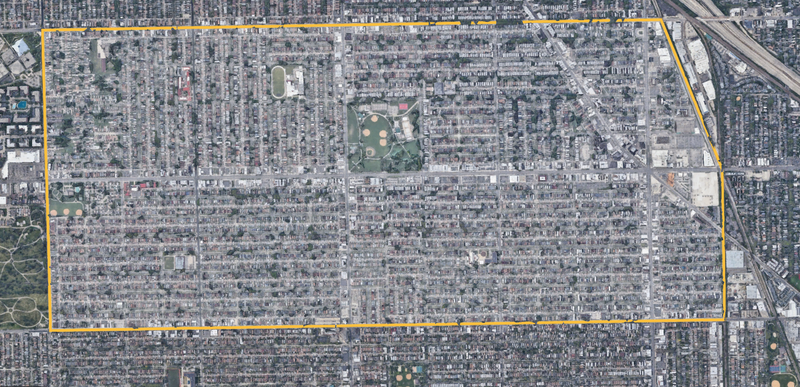
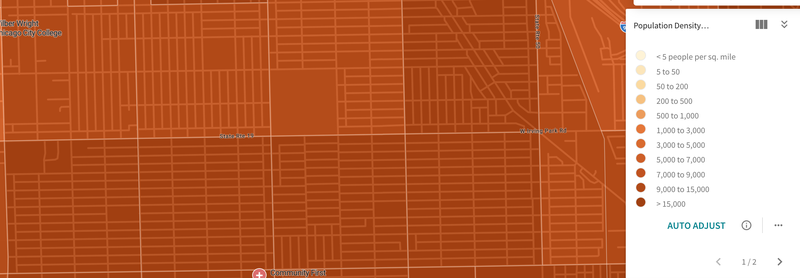
Identity
Portage Park has a pretty strong sense of identity as a neighborhood itself. What I mean by this is that there are obvious signs that show a strong identity with the location of Portage Park. It has been known as a working-class and blue collar area that, while far away from the city center that was formerly the main center of immigration, was a neighborhood that brought in people who had been residents of the city and surrounding area for years and immigrants. Much of these characteristics still continue to this day. Weaker now is a tie with a specific ethnic group. In the past, Portage Park had the largest Polish population in the city, now supplanted by the neighborhood to the north, Jefferson Park. Yet despite this, the area remains a hub for both older Polish residents and newer immigrants. Throughout the area there are many businesses and organizations that either directly serve the Polish community or have signage that included the Polish language. These include the Polish Jesuit center, the Polish American Association, travel agencies, salons, and more. Recently, there has been an increase in the amount of Latines in the area, especially over the past 20 years. While the main group of Latine residents are Mexicans, other ethnic groups are also moving to the neighborhood. These include Puerto Ricans, Colombians, and Guatemalans. Slowly but surely restaurants and businesses catering to these groups are increasing within the area, along with the increase of signage and advertisements in Spanish. This neighborhood and others in the Far Northwest Side of the city with similar populations often follow a trilingual system where English, Spanish, and Polish are used in advertisements, signs in grocery stores, help wanted signs, and occasionally documents from alderpeople or other city related groups. This is unfortunately changing as the Polish population continues to move out farther north and west into other neighborhoods of the city and towards the suburbs, meaning the neighborhood once known as the heart of the Polish community may lose that all together in the next 30-50 years. These groups and others have left the area with many Catholic churches and a continued strong Catholic presence in the area. Although there are other Christian sects in the area, such as Baptists, Lutherans, Eastern Orthodox, and non-denominal Christians.There also exist smaller pockets of other ethnic groups, such as Irish, Italians, Germans, English, and Filipinos, among others.
Physical indicators that show an identity for Portage Park include the namesake park, which is situated at the center of the neighborhood off the main streets of Irving Park Road and Central Avenue. Portage Park was constructed with the intention to unite the several ethnic groups that inhabited the neighborhood. It succeeded in achieving this and continues to do so to this date, with many youth sports teams, martial arts organizations, community groups, and the general public making use of the park and its various facilities throughout the year. One major attraction that especially unites the community is the Portage Park Farmer's Market, run by the Friends of Portage Park, which is held from the beginning of June to the first Sunday of October. The neighborhood's boundaries are mostly built off of major streets, those being Narraganset Avenue to the west, Addison Street to the south, and Montrose Avenue to the north, with the exception of the eastern boundary which is built off of railroad tracks that service the Metra and freight trains. These tracks are elevated above Irving Park Road, below on the sidewalks are signs that designate which neighborhood you are entering. If one walks east on Irving Park, the signs show that you are entering the neighborhood of Old Irving Park, while if you are walking west on Irving, the signs show that you are entering Portage Park, marking an obvious boundary to the neighborhood. What also helped was to look into how other neighborhoods that border Portage Park define themselves. Such as the Jefferson Park neighborhood to the north, which defines its southern boundary as Montrose Avenue, giving a limit to the area of Portage Park.
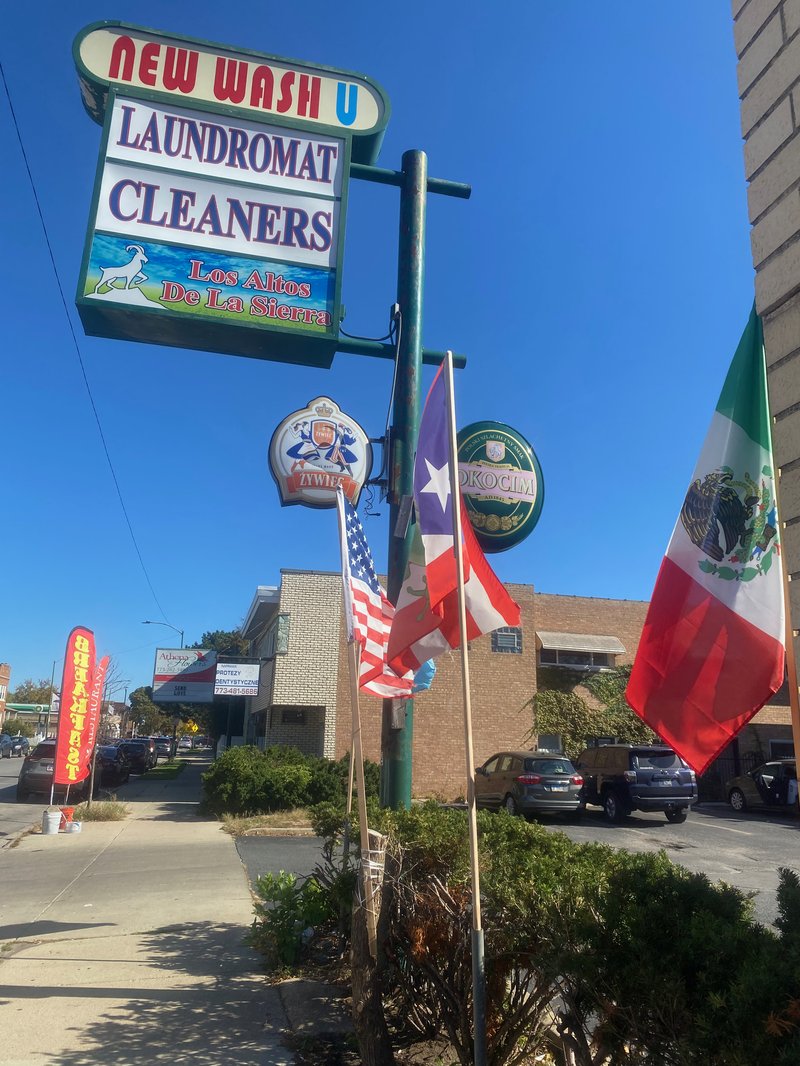
(Above shows sign of a mini plaza with a corner store that focuses on Spanish foods, specifically Puerto Rican [6043 W Addison St]. Shown are flags of various Latine ethnic groups and of the United States (in order, Guatemala, United States, Puerto Rico, Mexico). Also shown are two Polish beer companies, Żywiec Brewery and and Ococim brewery, and other businesses with Polish signs)

(Above is the side of Hagen's Fish Market [5635 W Montrose Ave], a family owned German store that has been around since 1946, well-known in the neighborhood and city at large)
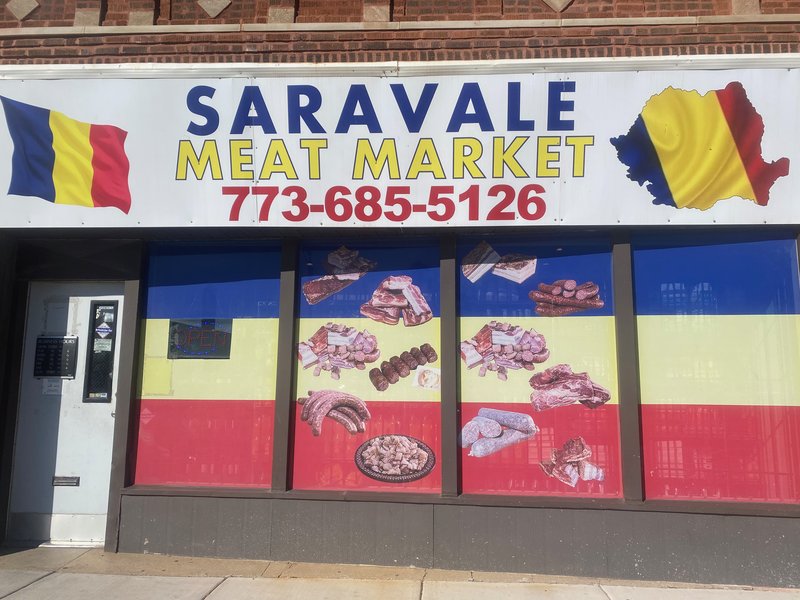
(Above is Saravale [5254 W Irving Park Rd], a family owned Romanian butchery that has been around since 2004 per the owner's words on Google)
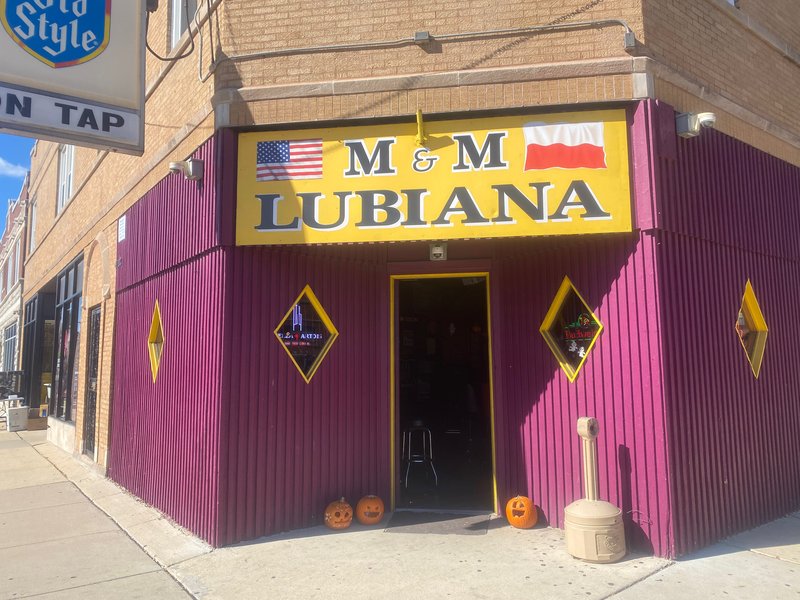
(Above is a Polish bar called Lubiana [6100 W Addison St])
Layers
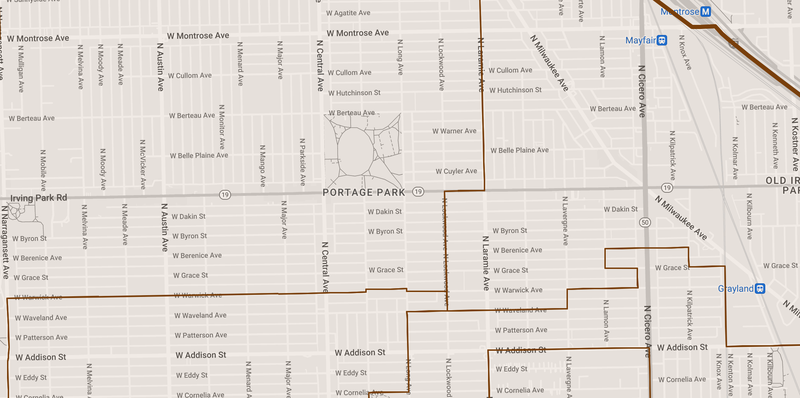
Here we can see the wards that cover the Portage Park neighborhood. We can see it is politically fragmented by the ward system, in a way that hints at the how the city of Chicago sees the demographic shift as changing the political landscape of the neighborhood. The north and northwest side is in the 38th Ward (Nicholas Sposato), the south and southwest side is in the 36th Ward (Gilbert Villegas), the east side is in the 45th Ward (James M. Gardiner), and the southeast side is in the 30th Ward (Ariel E. Reboyras)
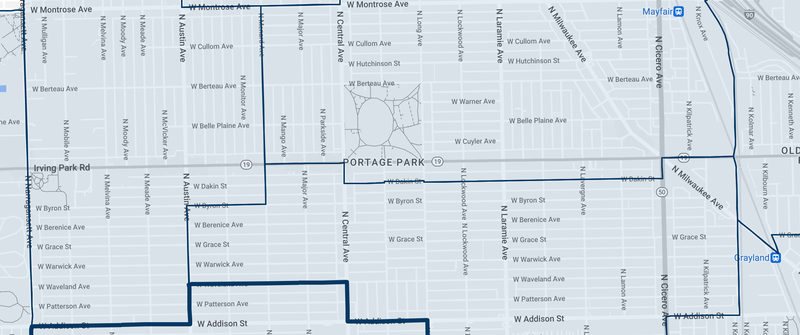
Here is CPS' map of elementary school zonings. Four schools service the neighborhood. The west side is in the Smyser Elementary zone, the north and northeast side is within the Portage Park Elementary zone, the south side and southeast side is within the Grey Elementary zone, the farthest southwest portion is within the Reinberg Elementary zone.
Design
History
Before the colonization of the Americas, the land that is now known as Portage Park was inhabited by the Chippewa, Ottawa, Potawatomi, and Kickapoo tribes. The land was very swampy, much like the rest of the Chicagoland area, and was consistently filled with water every spring, water that was navigable via canoe, yet not enough for it to stay as a lake. This lead to the tribes of this land to use it as a way to travel quickly through the region, often to go in between the Des Plaines and Chicago Rivers. The French later encountered these lands in their exploration of the Great Lakes region and the southern end of Lake Michigan in the 17th and 18th centuries. The term for this in French is portage, which is to carry water craft or cargo over land, either around an obstacle in a river, or between two bodies of water, including the usage of other water sources. Thus arose the name of this general region of Illinois and later to the much smaller portion of it now called Portage Park. As this land traded hands from the French to the British and then to the Americans, it was forcibly settled starting in 1803 with the creation of Fort Dearborn. Most of the land that is now Portage Park was ceded to the United States not long after, but was not easily settled due to consistent pressure from Native Americans to the north and west. But they were removed in 1837 after the Black Hawk War, thus leaving the area open to colonization.
Soon after, an inn was constructed by E. B. Sutherland, who sold it to Chester Dickinson. This inn is where residents organized Jefferson Township, which stretched in between Harlem and Western Avenues west to east, and Devon and North Avenues north to South. This township layed the foundation for most of the north and northwest sides of the city, especially the northwest side. Here, despite the condition of the land, many farmers began to settle. Initially Germans and Scandinavians, and later Polish farmers. Maloof and Pogorzelski described it as the "rustic heartland of Jefferson Township". Soon we begin to see the areas around Central and Irving Park Avenues begin to develop, along with the economic hub of Six Corners, centered around the intersection of Cicero, Irving Park, and Milwaukee Avenues, beginning with the LaSalle Bank, which at one point served as the town hall of Jefferson Township. Residents at the time attempted to fight attempts at development, wanting to keep the rustic and rural character of the area. In the 1850s, residents blocked the Chicago and Northwest railroad companies from building a line through their lands. There was later a compromise just east of Cicero that would come to define the boundaries of the neighborhood and bring development. As time went on suburban developments popped up here and there, but the land was still mostly rural. That was until Jefferson Township was annexed in 1889, where it became incorporated into the city of Chicago and began to receive greater resources and more infrastructure form the city, leading to new found growth. Here we also begin to see a change in the trend of homeownership in the city, as by 1920, over 60 percent of people in Portage Park owned their own homes, versus 25 percent throughout the city. Now there was a mass influx of immigrants from Southern and Eastern Europe into the area, namely Polish immigrants who would come to inhabit the area and define it as a new home for the community away from their original origin in the inner city. The neighborhood continued to develop more into a residential city area throughout the 20th century, with Portage Park being built in 1913 to give green space and a new central area for residents to converge and converse in. To this day, as described earlier in the Identity section, the area continues to hold on to its working class and blue collar identity, with a still present Polish community, while also beginning to change in terms of its ethnic and racial demographics.
Sources
1. Pogorzelski, Daniel, and John Maloof. Portage Park. Arcadia Pub., 2008.
2. Jefferson Park Neighborhood Association, 2008. http://www.jpna.net/.
3. All photos were taken by me
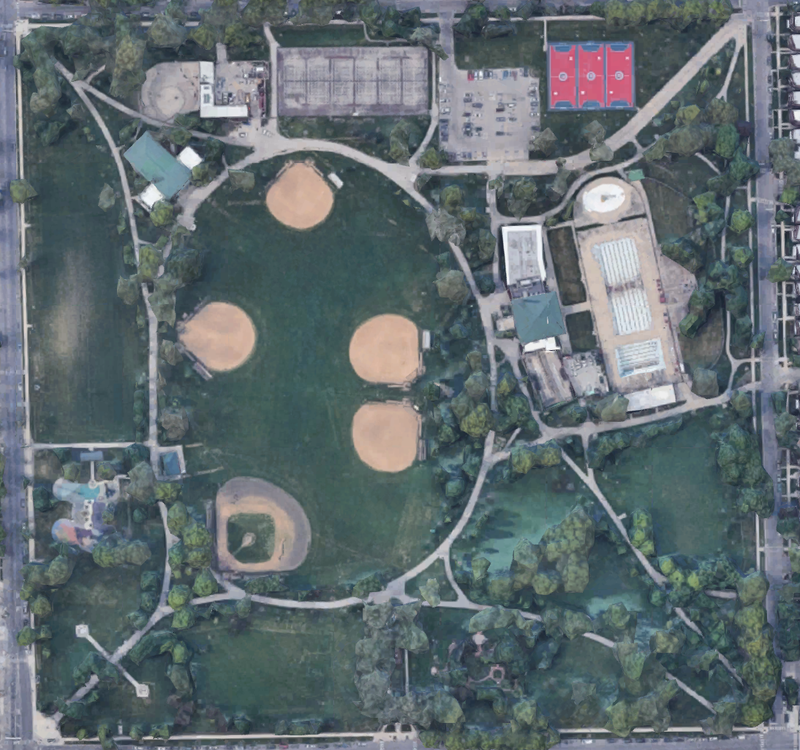
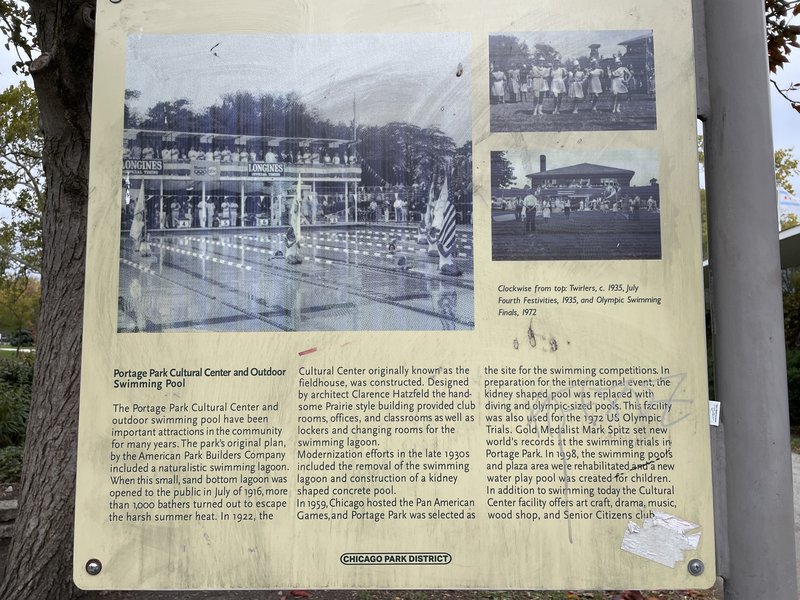

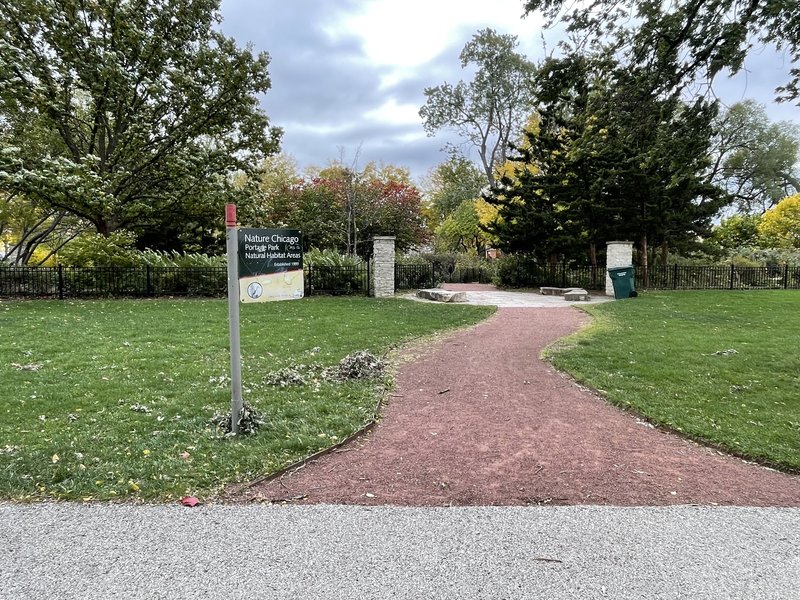
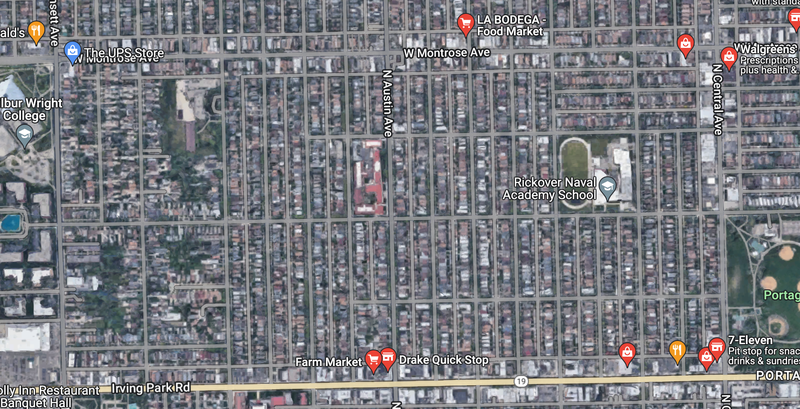
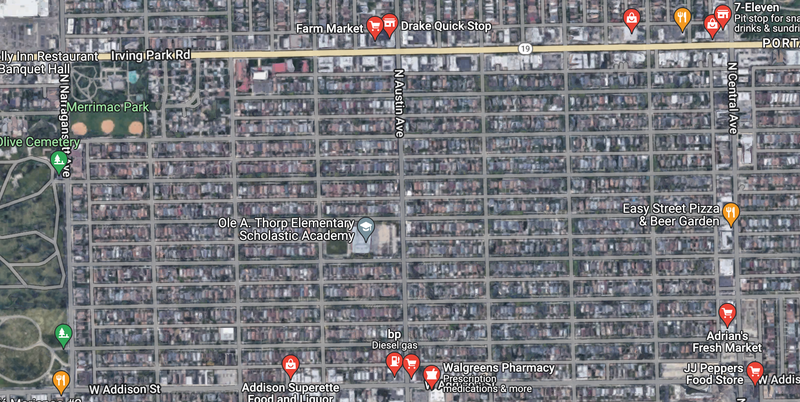
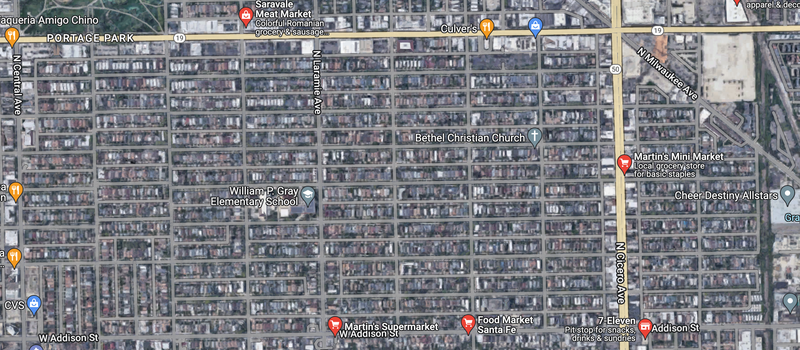
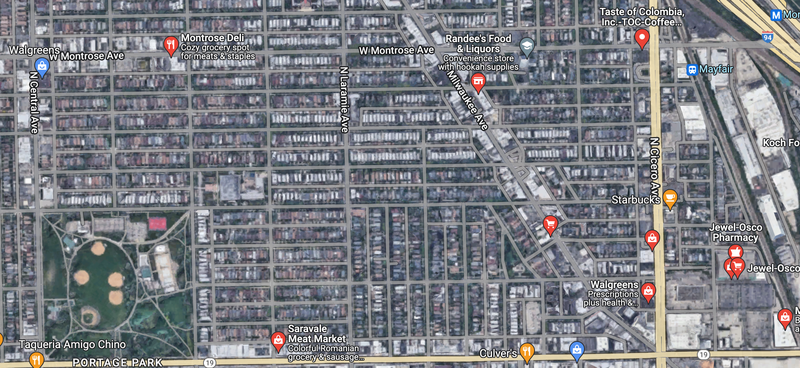
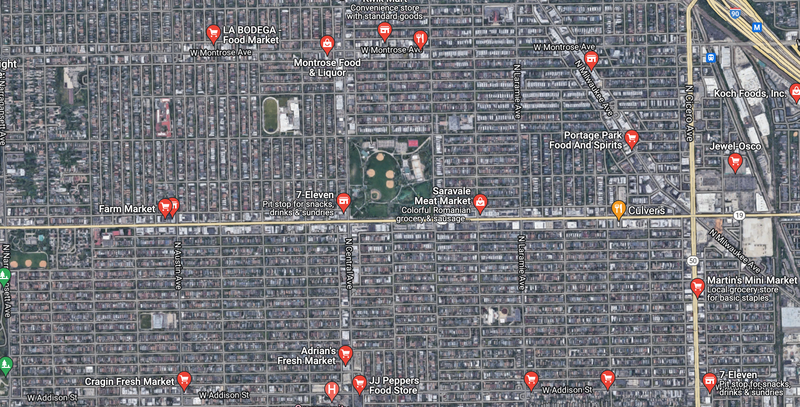
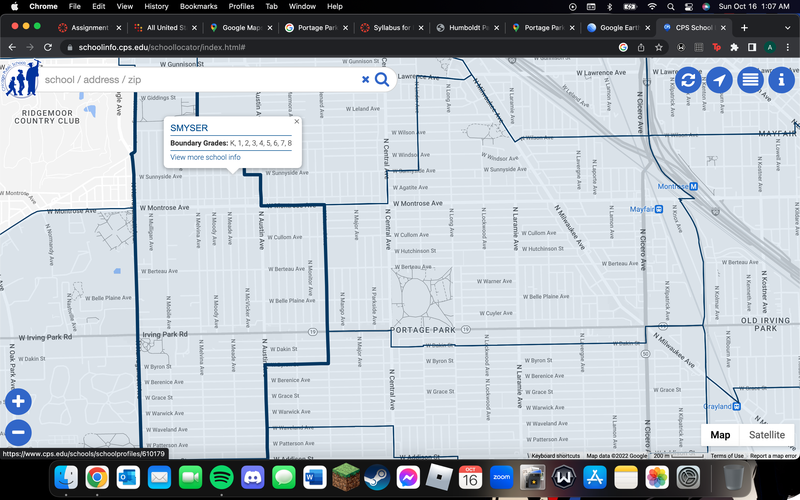
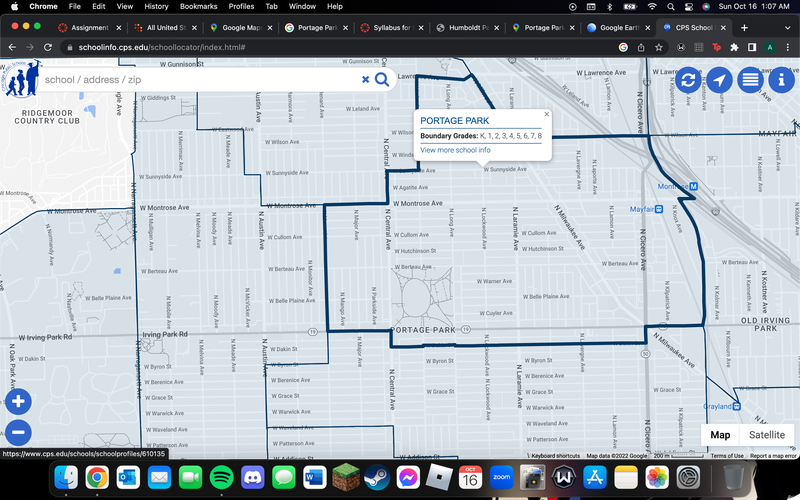

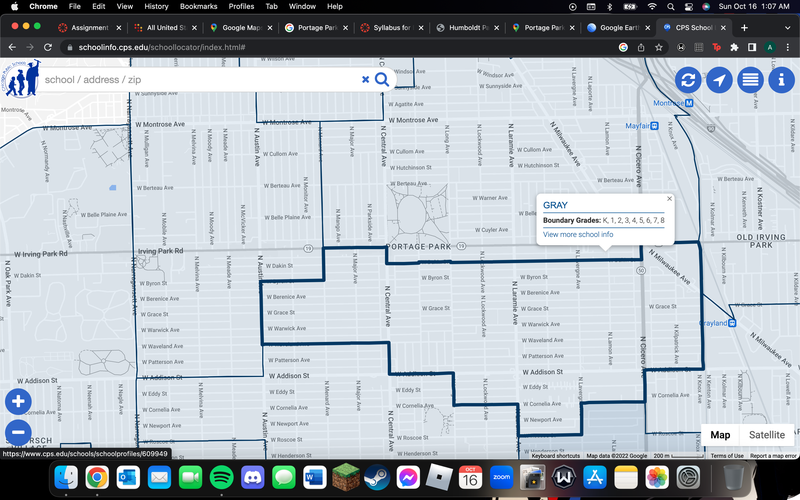
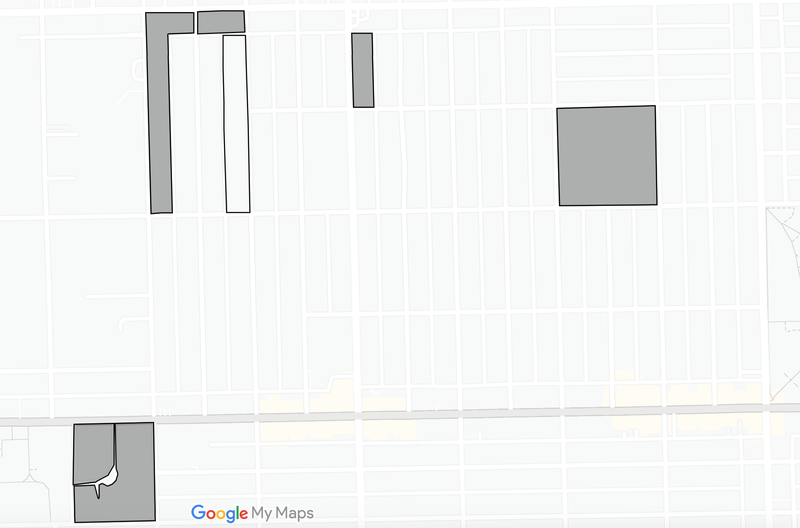
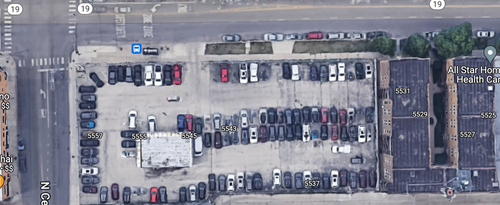

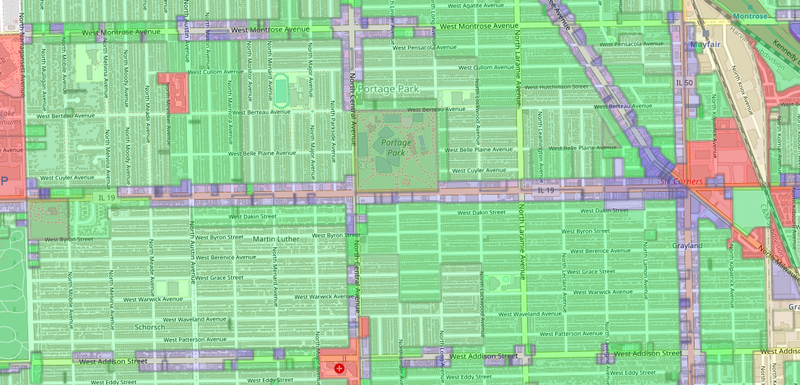
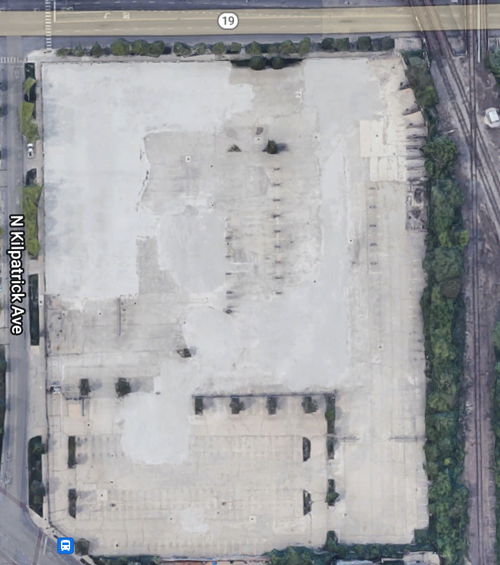
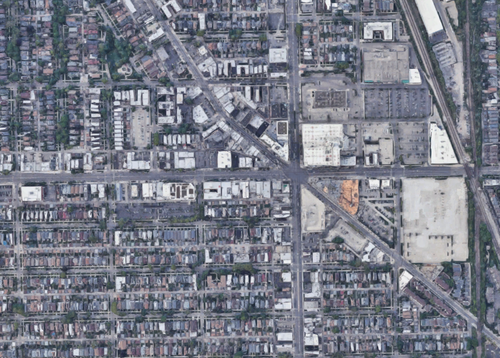
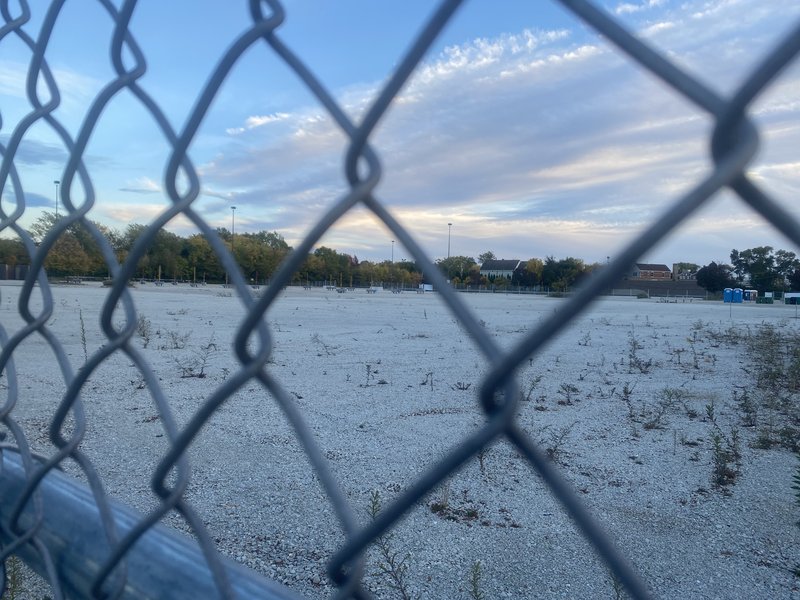
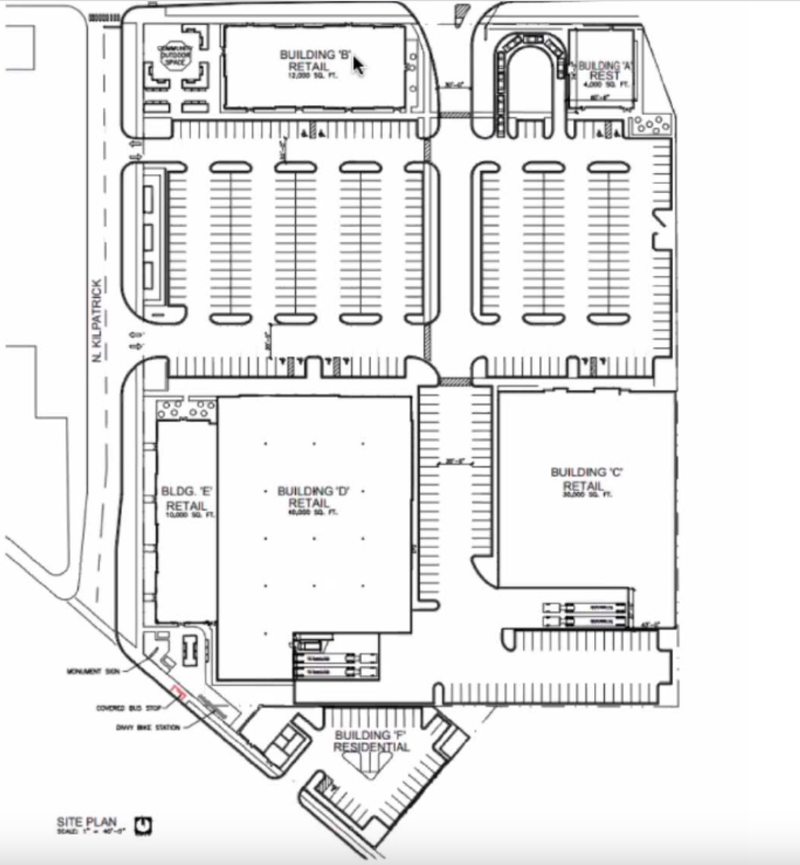
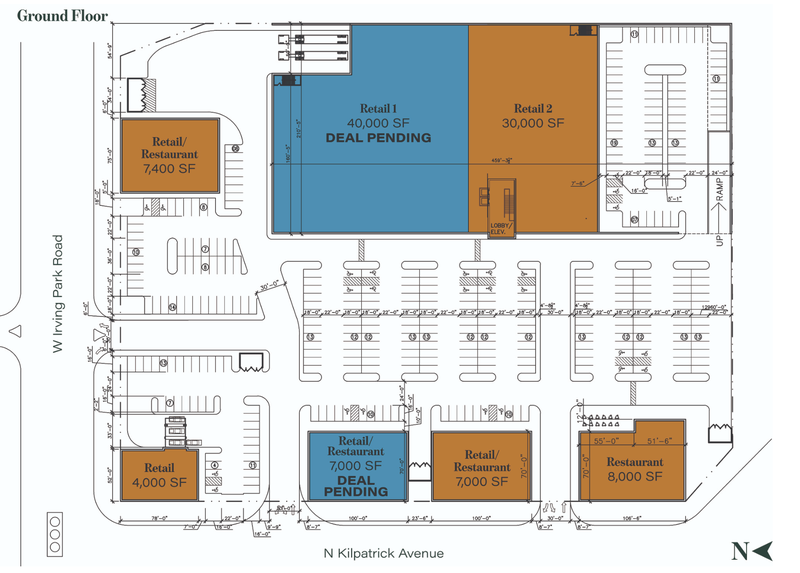
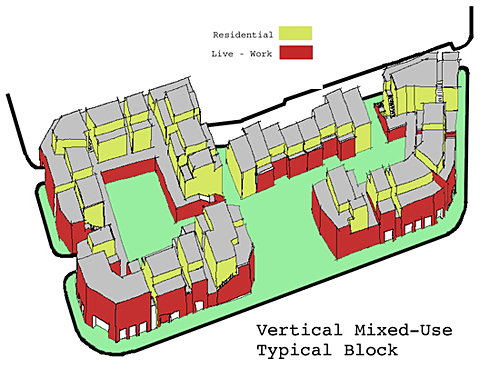
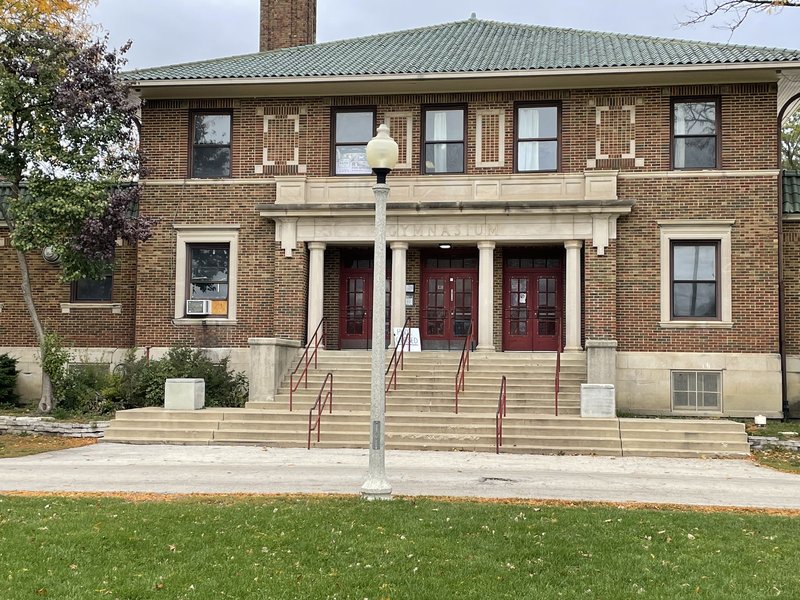
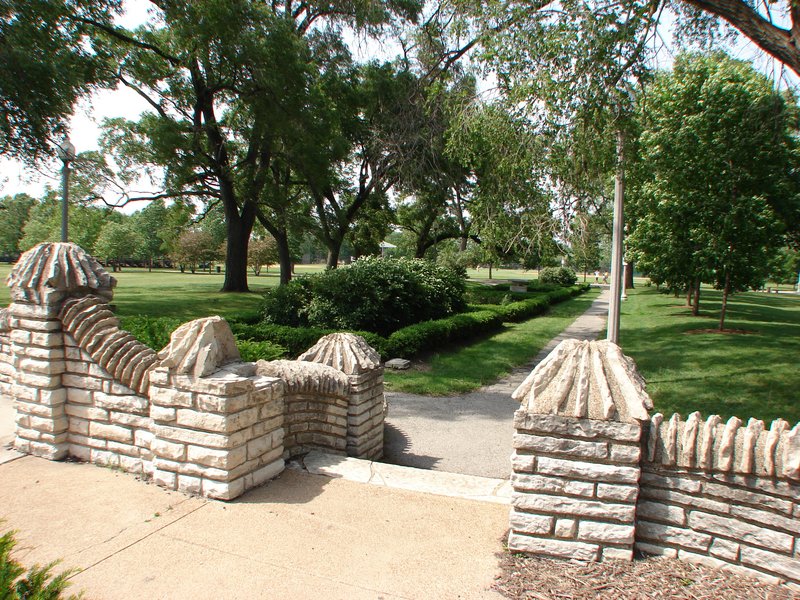
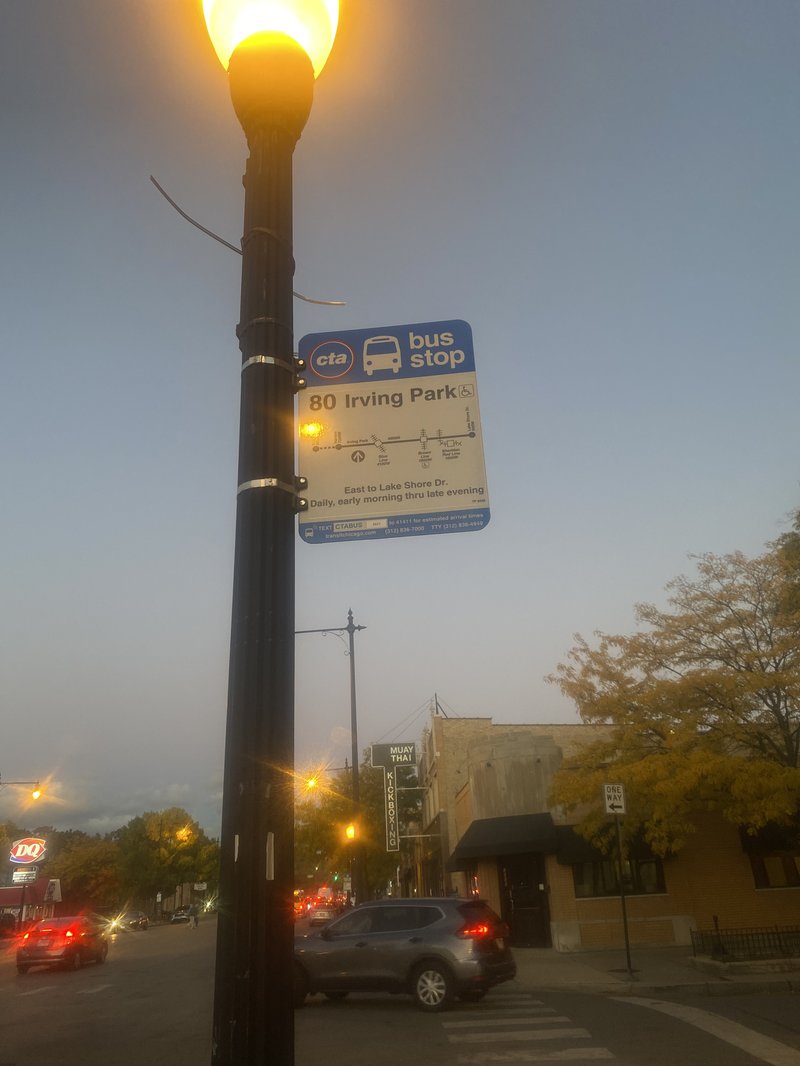
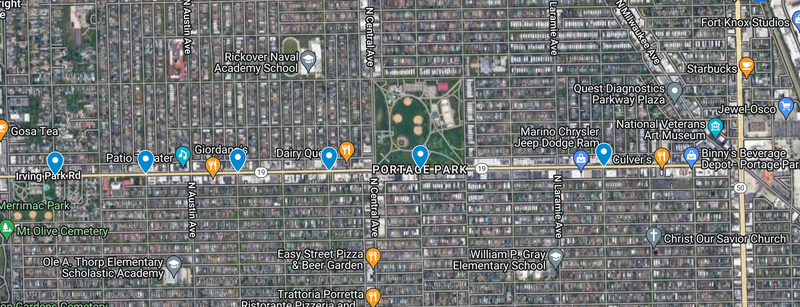
Social Mix
Portage Park Demographics
Simpson Diversity Index
Diversity Analysis
Through the data here, we can see that Portage Park is relatively diverse in terms of the Northwest side of the city of Chicago, with neighborhoods to the north, northwest, and west tending to be more white and racially homogenous. The split of the neighborhood into being majority white and a very large minority Latine does leave much to be desired in terms of diversity. With there being a minimal amount of Asians and Black people in the neighborhood. In terms of housing values, it follows the working class identity that has been long established in the neighborhood, with the mass majority of houses being valued at less than $500,000